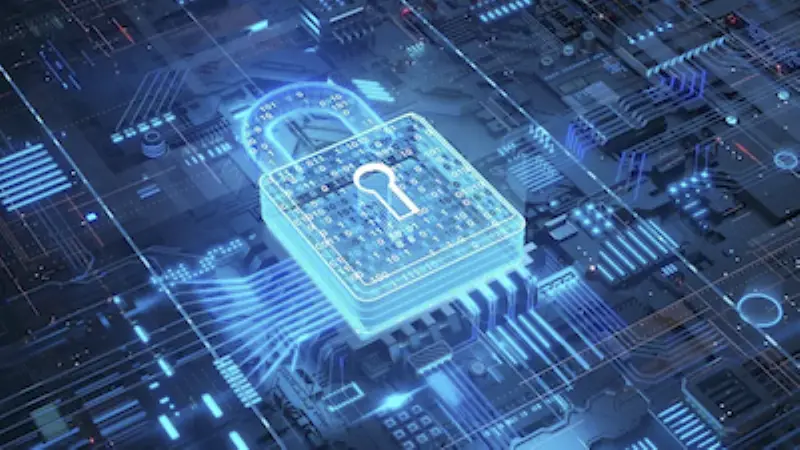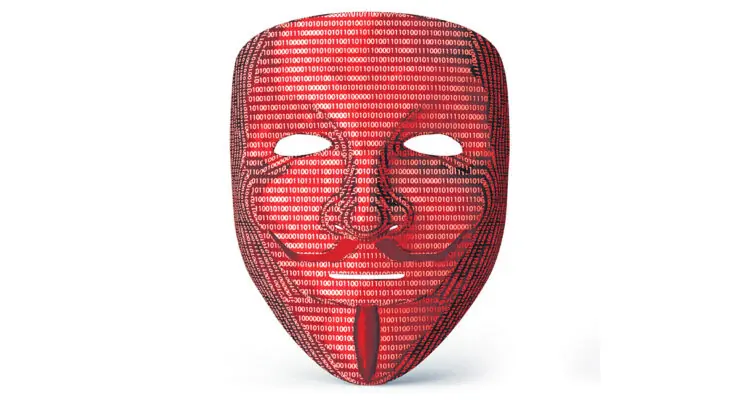SEBI Cybersecurity & Cyber Resilience Framework (CSCRF): The Ultimate Digital Shield
In a world where cyber threats evolve every second, organizations need more than just security—they need resilience. SEBI’s Cybersecurity & Cyber Resilience Framework (CSCRF) combines proactive protection with adaptive recovery strategies to safeguard businesses from digital attacks while ensuring they can recover swiftly from any breach. But what exactly does this framework entail, and why is it crucial?
Understanding SEBI’s Cybersecurity & Cyber Resilience
Cybersecurity refers to the measures and technologies used to protect systems, networks, and data from cyber threats. It acts as the first line of defence against hackers, malware, ransomware, and other digital risks.
Cyber resilience, on the other hand, goes beyond protection—it focuses on an organization’s ability to prepare for, respond to, and recover from cyber incidents. While cybersecurity is about keeping threats out, cyber resilience ensures that even if a breach occurs, operations continue with minimal disruption.
What is the Cybersecurity & Cyber Resilience Framework (CSCRF)?
The SEBI CSCRF is a structured approach by SEBI that integrates cybersecurity best practices with resilience strategies. It ensures that organizations not only defend against cyber threats but also have a well-defined plan to recover from incidents with minimal impact.
Why Do Businesses Need SEBI CSCRF?
A strong SEBI CSCRF is essential because:
- Cyber Threats Are Constantly Evolving: Attackers continually develop new ways to bypass security defences.
- Data is a Critical Asset: Protecting sensitive data from breaches is crucial for financial stability and compliance.
- Regulatory Compliance: Many industries require organizations to implement robust cybersecurity and resilience measures.
- Operational Continuity: A resilient organization ensures business continuity even in the face of cyberattacks.
Key Components of the SEBI’s Cybersecurity & Cyber Resilience Framework
- Risk Assessment & Threat Intelligence: Identifying vulnerabilities and understanding potential threats before they strike.
- Robust Cybersecurity Measures: Implementing firewalls, intrusion detection systems, endpoint security, and zero-trust architecture.
- Incident Response Planning: Establishing a structured response plan to detect, mitigate, and recover from cyber incidents.
- Business Continuity & Disaster Recovery (BCDR): Ensuring backup systems and alternative strategies are in place for smooth recovery.
- Employee Awareness & Training: Educating employees to recognize and prevent cyber threats like phishing and social engineering.
- Continuous Monitoring & Improvement: Conducting regular security audits, penetration testing, and updates to address emerging threats.
- Resilience Testing & Adaptation: Simulating cyber incidents to evaluate response effectiveness and improve resilience strategies.
The Future of SEBI’s Cybersecurity & Cyber Resilience
As cyber threats become more sophisticated, businesses must adopt a proactive approach. AI-driven threat detection, automation in incident response, and dynamic security frameworks will play a critical role in the evolution of SEBI CSCRF.
Organizations that focus solely on cybersecurity without resilience are like castles with strong walls but no recovery plan if breached. The SEBI CSCRF ensures a well-balanced approach that integrates both protection and recovery.
Final Thoughts
In today's digital world, it’s not just about preventing attacks—it’s about surviving and thriving despite them. A well-implemented SEBI’s Cybersecurity & Cyber Resilience Framework ensures that businesses remain strong, agile, and ready to face the ever-changing cyber landscape. Is your organization prepared to implement SEBI CSCRF and stay ahead of cyber threats?
To know more: Click Here




